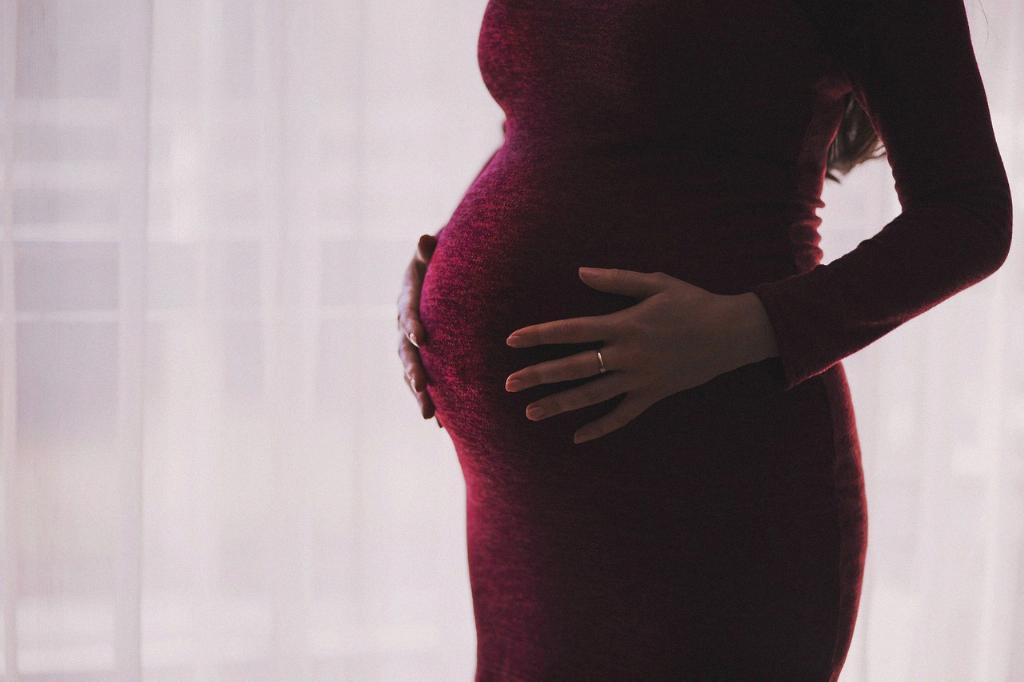During the course of pregnancy, the position of the placenta can indeed change. This vital organ, which develops in the early stages of pregnancy to provide essential nutrients and oxygen to the growing fetus, typically moves as the uterus expands and stretches to accommodate the developing baby.
Effects of Uterine Expansion
As the womb expands, the area where the placenta attaches, called the uterine wall, tends to rise upwards and away from the cervix. This movement is a natural occurrence as the uterus grows to accommodate the developing fetus within. However, in some cases, the placenta may remain low in the womb, near or covering the cervix.
Risks of a Low-Lying Placenta
When the placenta remains low in the womb, there can be risks involved, specifically if it covers the cervix partially or completely. This condition, known as placenta previa, can hinder the baby’s passage through the birth canal during delivery.
Monitoring Placental Position
Healthcare providers monitor the position of the placenta throughout pregnancy, particularly during routine ultrasound examinations. These assessments help determine if the placenta is in a safe and optimal position for a healthy delivery.
Risk Factors for Placental Position
Several factors can influence the position of the placenta during pregnancy, including the mother’s age, number of previous pregnancies, and certain medical conditions such as uterine abnormalities. These factors can contribute to the likelihood of placenta previa.
Management of Placental Position
If the placenta is found to be low-lying or covering the cervix, healthcare providers will closely monitor the situation. In some cases, the placenta may shift into a higher position as the pregnancy progresses, alleviating the risk of complications during delivery.
Potential Complications
While many cases of placenta previa resolve on their own as the uterus expands, there can be instances where complications arise. Vaginal bleeding, especially in the third trimester, is a common symptom of placenta previa and requires immediate medical attention.
Delivery Considerations
For women with placenta previa, the method of delivery will be carefully planned to ensure the safety of both the mother and the baby. In some cases, a scheduled cesarean section may be recommended to reduce the risk of bleeding and other complications during delivery.
Postpartum Care
Following delivery, women who experienced placenta previa may require additional monitoring and care to ensure that any potential complications are addressed promptly. Close follow-up with healthcare providers is essential to monitor recovery and healing.
Importance of Prenatal Care
Regular prenatal care is crucial in monitoring the position of the placenta and identifying any potential issues early on in pregnancy. Open communication with healthcare providers can help address concerns and ensure a safe and healthy pregnancy for both mother and baby.
Conclusion
In summary, the position of the placenta can change during pregnancy, with the majority of cases resolving without complications. However, close monitoring and management are essential to address any issues that may arise, particularly in cases of placenta previa. With proper prenatal care and medical guidance, women can navigate these challenges and ensure a positive outcome for both themselves and their newborns.

